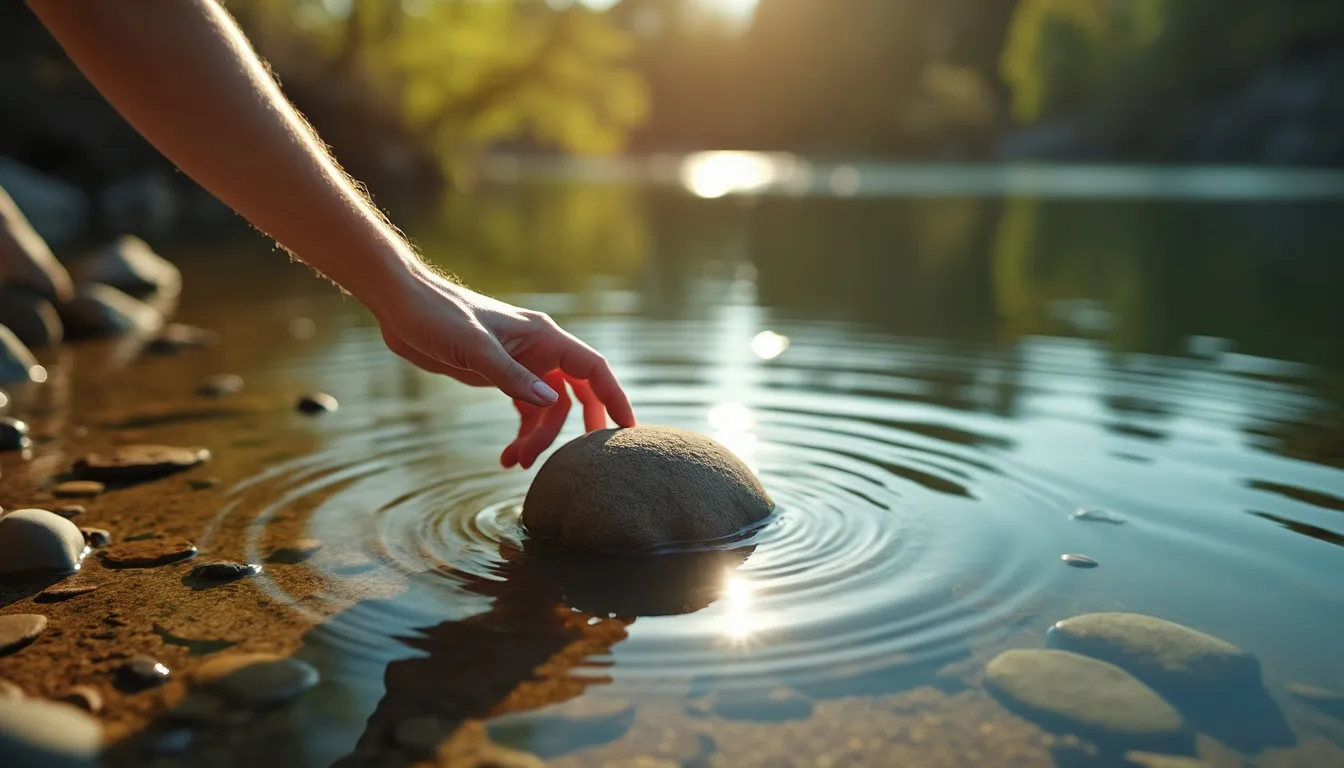Play and ADHD: How Rediscovering Unstructured Time Changed My Perspective

When was the last time you truly experienced the freedom of unstructured play? For adults, especially those managing ADHD, the idea of play often feels secondary to productivity. Yet, I recently rediscovered that play and ADHD can coexist in a way that brings balance and mental clarity. By embracing joyful, unstructured moments, I found a new way to manage my ADHD and reconnect with a sense of wonder I’d forgotten. For those exploring tools to support ADHD management, the Bonding Health App offers helpful resources aimed at mental well-being.
Rediscovering Play as an Adult with ADHD
It all started on a Saturday when I found myself aimlessly wandering in a park. For once, I had no specific plans, no obligations. I ended up sitting by a small pond, watching ducks glide across the water. Before I knew it, I was skipping stones, testing how far I could throw them, each “plink” in the water bringing a strange sense of calm. I hadn’t skipped stones in years, but there I was, feeling more at ease with each throw. This experience reminded me of the healing power of nature and its therapeutic effects on mental balance, especially beneficial for those managing ADHD.
That afternoon turned into something more than a simple pastime. It was an unexpected reconnection to a part of myself that had been hidden under layers of adult responsibilities. There was a purity in the moment, a freedom that I hadn’t felt in ages. This experience reminded me that unstructured play is as essential as work. It’s a form of self-care that keeps us balanced, especially for those of us with ADHD.
Letting Go of “Productivity” and Embracing the Present

One of the most challenging aspects of being an adult with ADHD is the persistent feeling that every moment needs to be “productive.” There’s a constant voice in the back of my mind asking if I’m doing enough, accomplishing enough, or moving fast enough. However, unstructured play operates on entirely different terms. It doesn’t measure progress or success; it’s simply about being in the moment.
Through play, I began to realize that not every moment needs to be accounted for. Unstructured play invites us to let go of time and the pressure of constant achievement, providing a space where we can just “be.” For someone with ADHD, where focus and balance can be elusive, this simple act of letting go has been transformative. It’s shown me that value doesn’t have to be tied to productivity, and sometimes, the most meaningful experiences come from moments with no purpose other than joy.
How Play Helps Manage ADHD and Boosts Mental Health
One of the most beautiful aspects of play is that it lets you see the world with fresh eyes. When I allow myself to wander, explore, and be curious without any goal in mind, I start noticing details I’d usually overlook—the way the wind rustles through trees, the colors in a sunset, the warmth of the sun on my skin. Unstructured play opens me up to these details, making every small moment feel like a gift.
This renewed sense of wonder has extended into other parts of my life. Tasks that once felt mundane now have a touch of magic, a reminder that even in the familiar, there is beauty. Rediscovering play reminded me that there is always something new to discover if we let ourselves be open to it.

Practical Ways to Incorporate Play into Daily Life
Since that day in the park, I’ve made a conscious effort to create space for play in my daily life. Here are a few ways to incorporate unstructured play that can help anyone, especially adults with ADHD:
- Take a Walk Without a Destination: Instead of walking with a purpose, wander aimlessly and observe your surroundings.
- Doodle for Fun: Doodling doesn’t have to be about creating art; it can be a form of expression that brings joy.
- Spend a Few Minutes Daydreaming: Allow yourself to daydream without judgment. This can help channel energy in a relaxed, creative way. For further relaxation techniques, guided imagery for calm can also be beneficial, particularly for ADHD.
These small pockets of play have become a cherished part of my routine. Sometimes, it’s as simple as giving myself permission to be “unproductive” for a few minutes. I find that these moments recharge me, giving me more focus and creativity when I return to my work. Play, in its purest form, has become my way of reclaiming balance and has become an essential part of my self-care routine.
Embracing the Joy of Play to Find Balance
Play is healing, especially for ADHD minds that crave novelty, excitement, and movement. I’ve realized that unstructured play taps into these needs in a healthy way, allowing me to channel my energy without feeling restricted. Instead of fighting my impulses, I’m embracing them, letting play be a space where my ADHD traits are celebrated rather than controlled.
There’s a freedom in play that no productivity hack can offer. It’s a way to honor my mind and give it the creative, dynamic space it craves. Play has taught me that ADHD doesn’t have to be something I manage; it can be something I celebrate. It’s allowed me to see that the joy of ADHD lies not in containment but in exploration. Engaging in emotional regulation games can also complement the spontaneity of play, providing balance and helping manage ADHD symptoms.
Finding Joy in Every Moment

Through rediscovering play, I’ve learned that joy doesn’t have to be rare or hard-won. It can be found in the smallest moments, in unplanned adventures, in the unexpected turns that life takes. Play has become my reminder to live with an open heart, to approach each day with curiosity and wonder.
If you haven’t played in a while, I encourage you to give yourself permission. Skip stones, dance in your living room, wander without a destination. Let go of the need to be productive and just experience the world as it is. Play and ADHD may seem like an unlikely pair, but together, they create a powerful balance. These moments of unstructured joy have a way of bringing us back to ourselves, reminding us that life is a journey meant to be enjoyed. And if you want to explore more outdoor play, see how outdoor play impacts ADHD management and can bring joy back into your daily life.
Ready to bring balance and joy back into your family life with ADHD? Discover how unstructured play and supportive tools can make a difference. The Bonding Health ADHD Parenting App offers resources, guided techniques, and a community to help you and your child manage ADHD together. Download the app today and start your journey towards a healthier, happier family experience.


